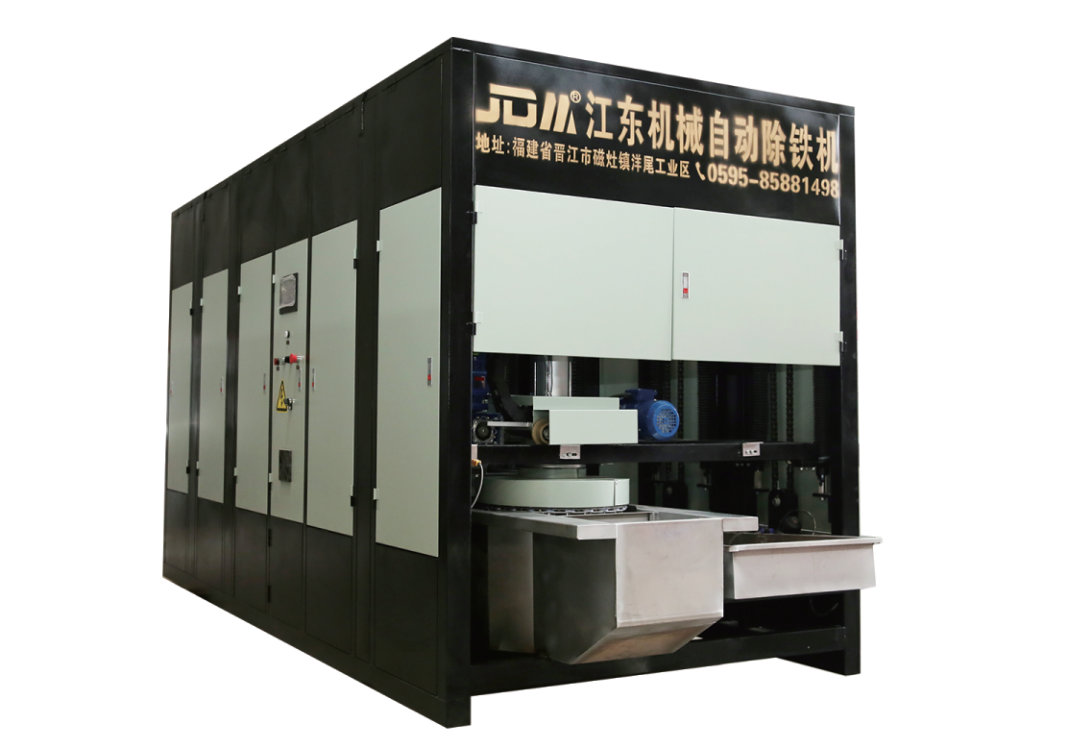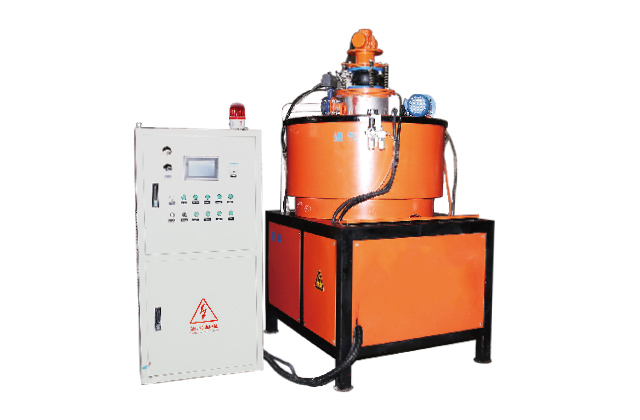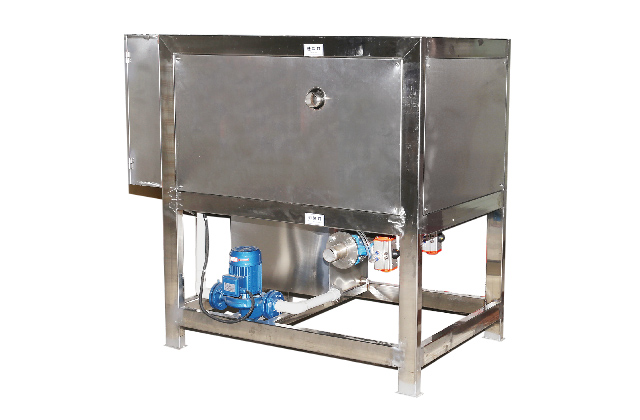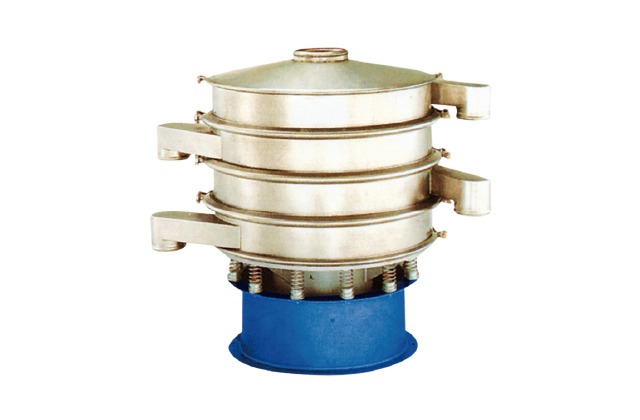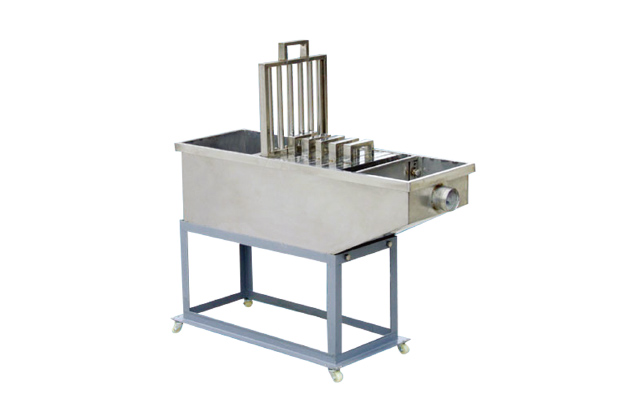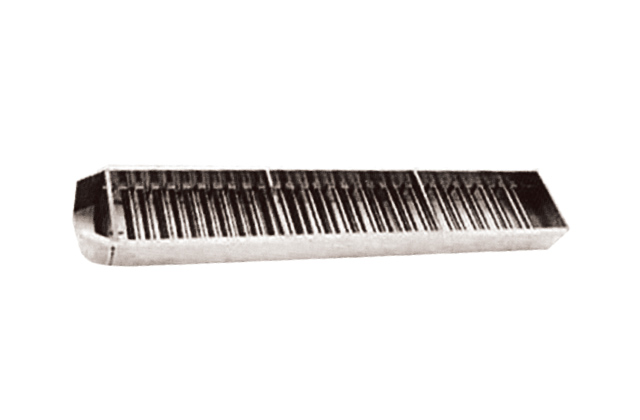October 21, 2025
Why Does Your Recycling Plant Need a Belt Iron Separator More Than You Think?
What Exactly Is a Belt Iron Separator and Why Should You Care?
Picture this: you’ve just installed a shiny new eddy-current line to recover clean aluminum, yet the first week’s output is speckled with ferrous shavings. The downstream optical sorter chokes, the briquettes get rejected, and your buyer starts docking you 8 % per load. Sound familiar? That’s the exact moment most plant managers Google “belt iron separator” for the first time. In plain English, a belt iron separator is a self-cleaning magnetic head pulley or cross-belt magnet that yanks tramp iron, steel nails, and even rust flakes off the material stream before it can do pricey damage. It’s not rocket science, but choosing the wrong size or mounting angle can cost you thousands in re-work and downtime.
How Does a Belt Iron Separator Work Under the Hood?
Let’s lift the curtain. A heavy-duty neodymium magnetic core—rated up to 6 000 gauss—wraps around the head pulley of your conveyor. Ferrous pieces are pinned to the belt, carried past the magnetic field, then dropped into a separate chute when the belt leaves the field shadow. The rest of your non-ferrous mix keeps cruising toward the next process stage. Simple, right? Yet the devil hides in details such as belt speed, burden depth, and burden moisture. Run faster than 350 fpm and even strong magnets start missing paper-clips. Run slower and your throughput tanks. The sweet spot is usually 250–300 fpm with a burden depth under 6 in. Oh, and a stainless-steel splitter plate—angled at 45°—keeps the ferrous fraction from sneaking back into the good stuff.
Real-World ROI: From Scrapyard to Automotive Tier-1 Supplier
Take the case of Midwest UBC (used-beverage-can) processor. They retrofitted a 48-inch belt iron separator between their pre-shredder and eddy-current separator. In the first quarter, they saw:
- Ferrous contamination in zorba drop from 3.2 % to 0.4 %.
- Pick-up buyer price jump by $42 per ton.
- Blade wear on the optical sorter down 35 %, saving roughly $7 200 in spare parts.
Payback? Four months, give or take. Not bad for a capital spend of $28 k.
Common Buying Mistakes You Can’t Afford
Buyers often shop by price tag alone, overlooking two killer specs. First, make sure the magnet is “high-intensity” not just “standard.” Standard units top out around 2 000 gauss and miss smaller nails—exactly the ones that slice plastic re-grind pellets. Second, insist on a vulcanized rubber belt with 3-ply MOR (moderate oil resistance). Cheap PVC belts crack within a year when exposed to summer heat and winter frost. One more thing: ask for a flux density report signed by the factory, not a blurry PDF. If they can’t provide it, walk away—no matter how sweet the discount.
Installation Hacks Nobody Tells You About
Here’s a tip straight from the trenches: mount the separator on a pivoting base so you can swing it away during maintenance. You’ll thank me later when you’re not wrestling a 1 500-lb magnet in a 110 °F summer. Also, leave a 12-inch straight-line approach before the magnet; turbulence kills separation efficiency faster than you can say “ferrous fines.” And, yeah, always run a ferrite test after commissioning. Toss 20 mild-steel balls (½-inch) into the material stream and track recovery rate. Anything below 98 % means re-tune the splitter gap or slow the belt.
Maintenance Checklist That Saves Sunday Shifts
Magnetic force fades over time—about 5 % per year under heavy duty. Schedule a gauss-meter check every six months. If flux drops below 90 % of nameplate, re-magnetize or swap the core. Keep an eye on belt tracking; a drifting belt can shave the magnetic block and cost you a $4 000 replacement. And don’t forget to wipe the magnet face weekly. Sounds picky, but a 1-mm layer of ferrous dust can reduce effective field strength by 8 %. A quick plastic scraper does the trick.
Future-Proofing: Smart Sensors and IoT Integration
Industry 4.0 isn’t just buzz. New belt iron separators come with Hall-effect sensors that stream real-time gauss data to your SCADA. When the magnet weakens, an automatic alert pings your phone before the first contaminated batch ships. Some plants pair this data with weigh-belt feedback to calculate ferrous mass pulled per shift. Over time, trends reveal upstream grinder blade wear—nifty, huh? Early adopters report an extra 0.7 % metal recovery, translating into roughly $110 k per year on a 20 tph line.
Bottom Line: Is a Belt Iron Separator Worth the Hype?
If your goal is clean product specs, happier buyers, and fewer midnight maintenance calls, the answer is a resounding yes. With paybacks commonly under six months, and with buyers tightening purity clauses every quarter, the belt iron separator isn’t just another accessory—it’s your insurance policy against rejected loads and lost contracts. So, ready to stop the ferrous headache before it stops you?

